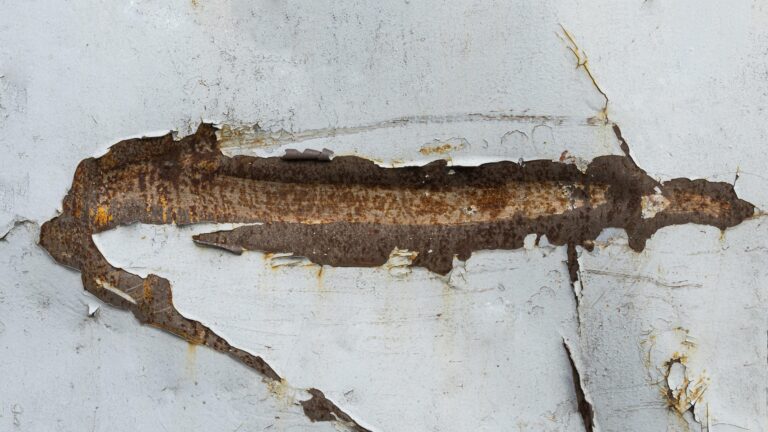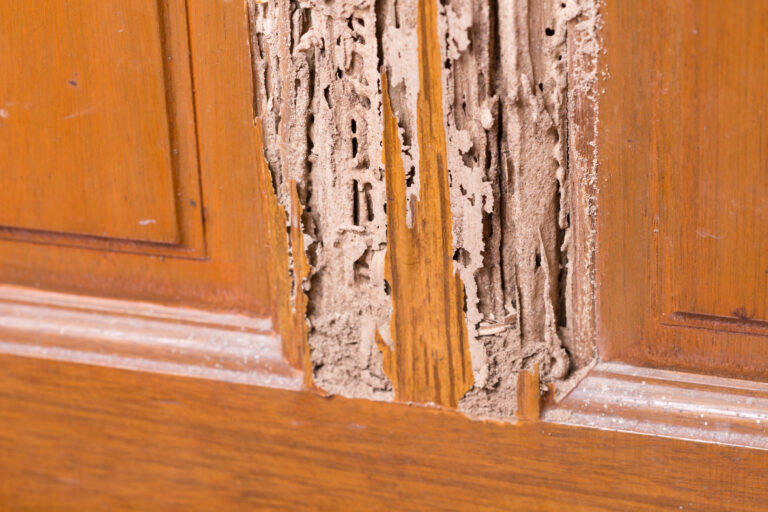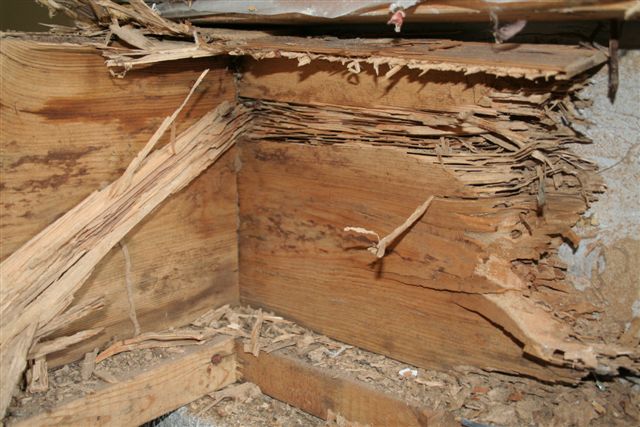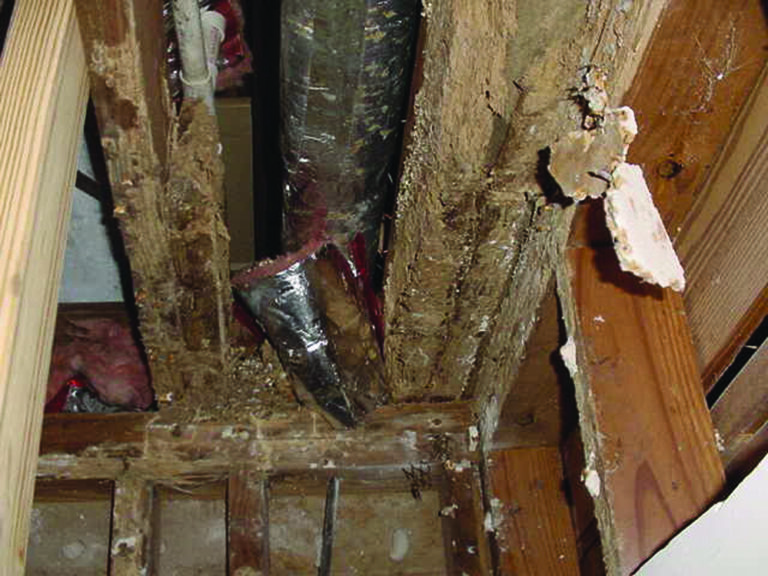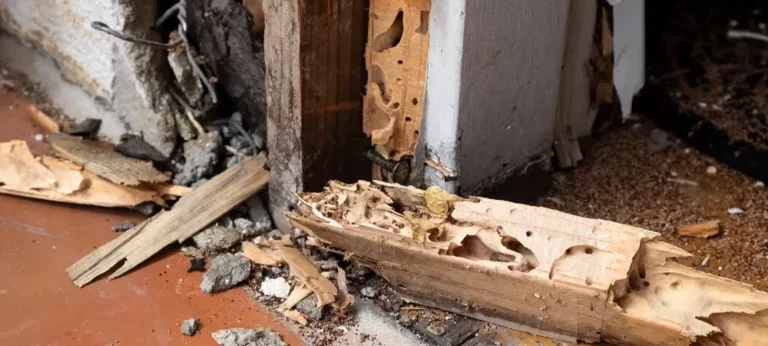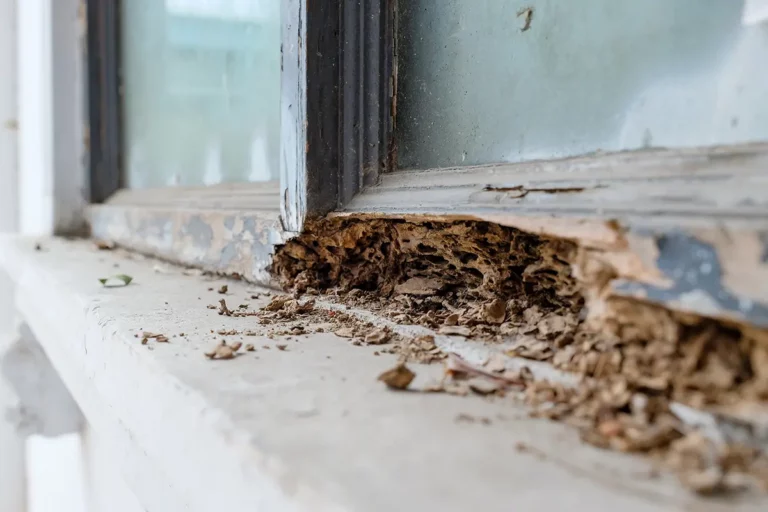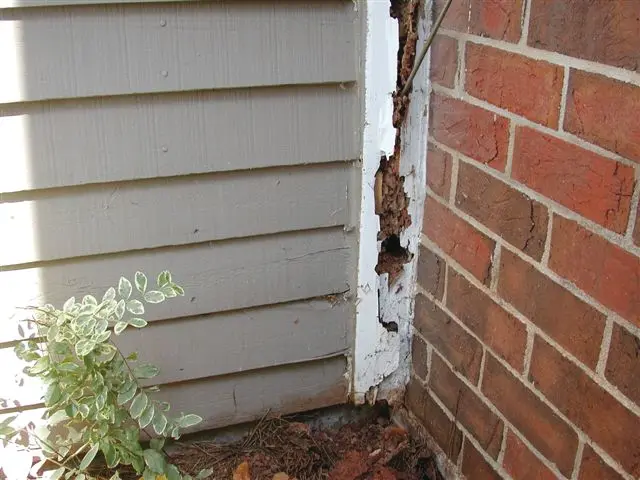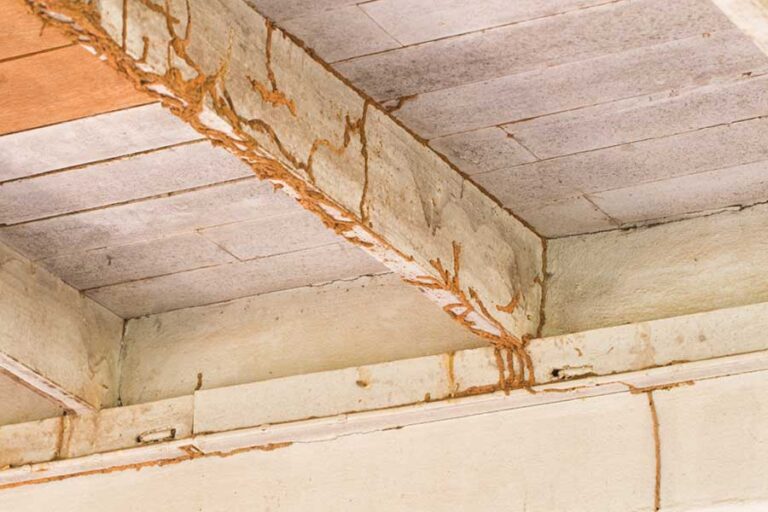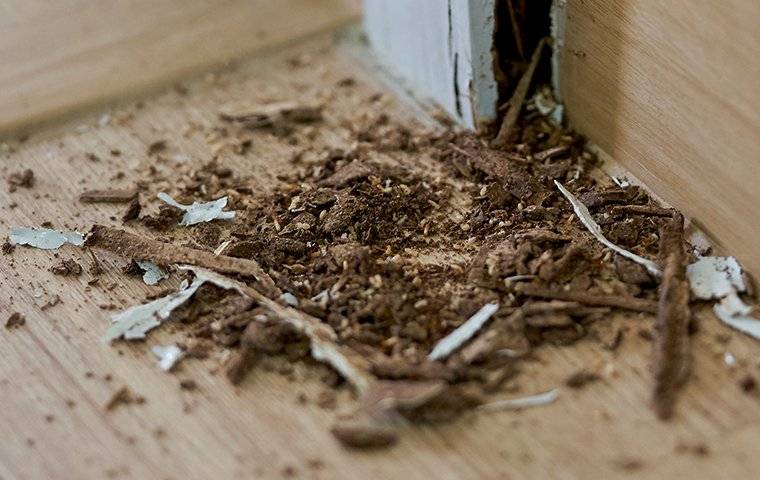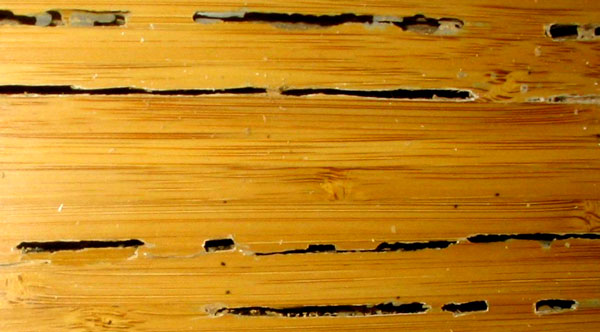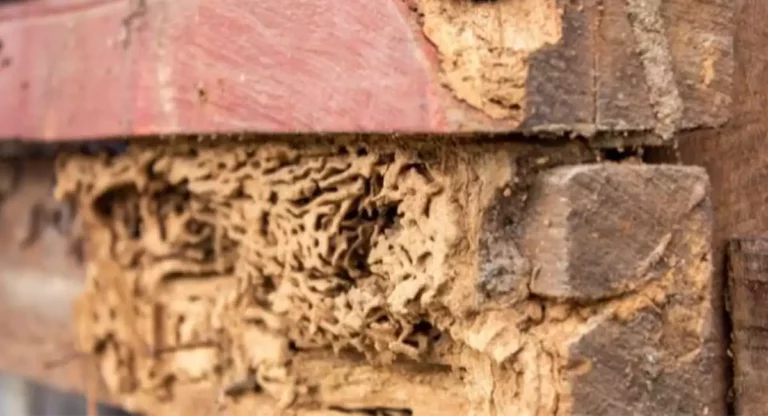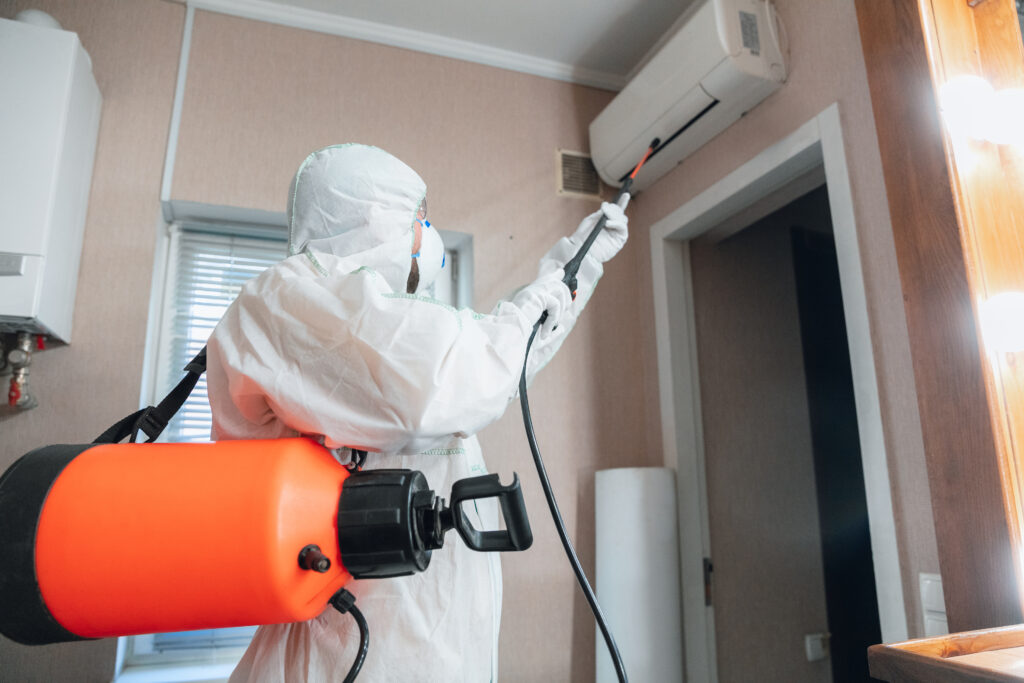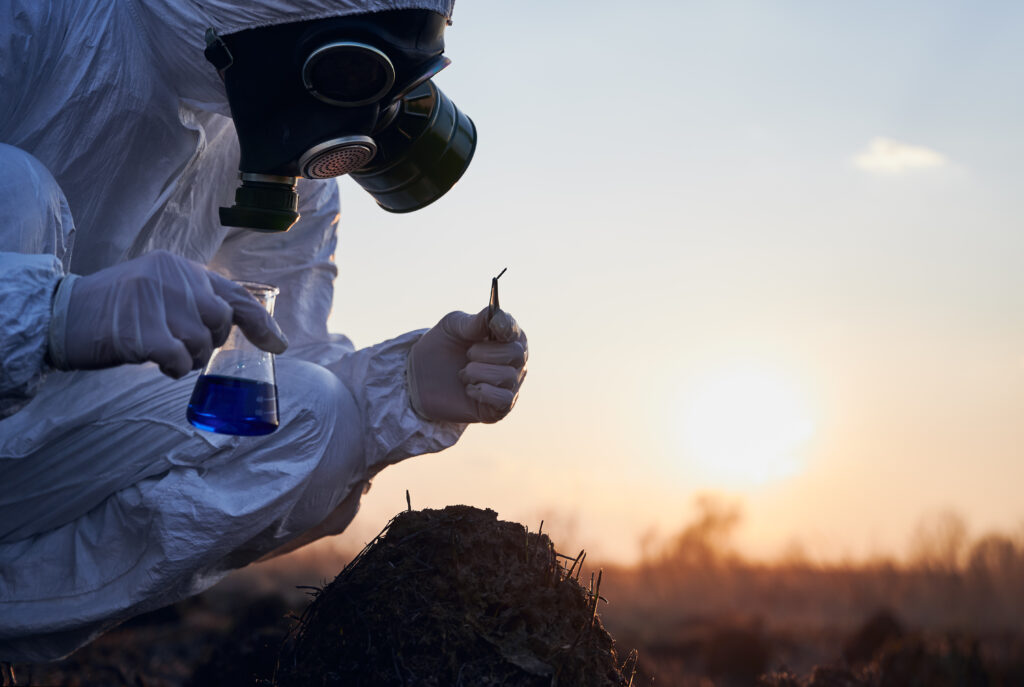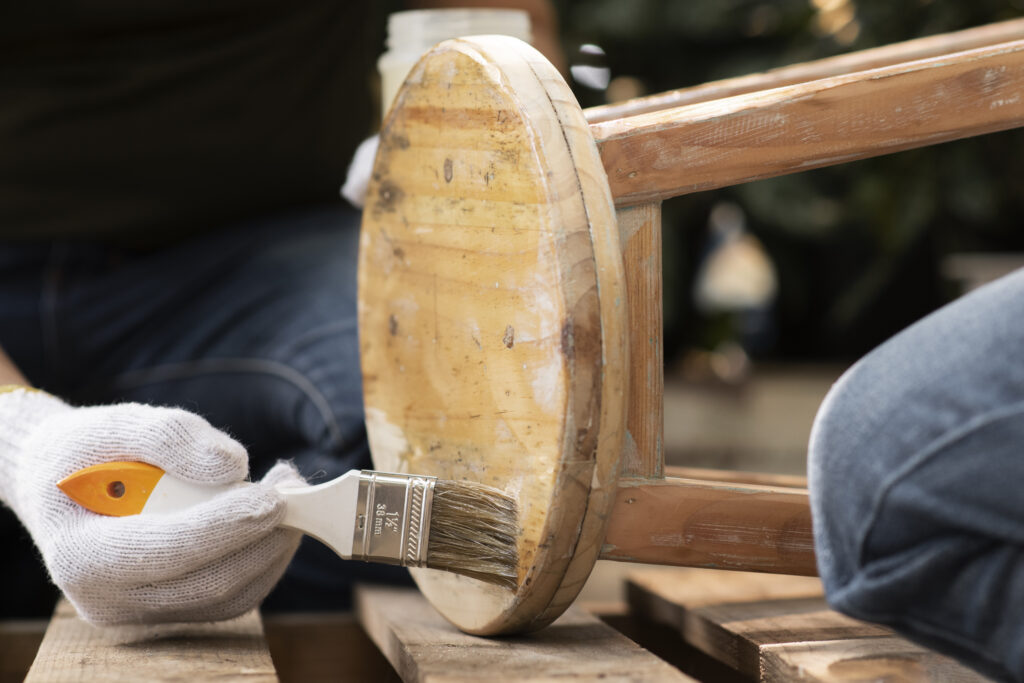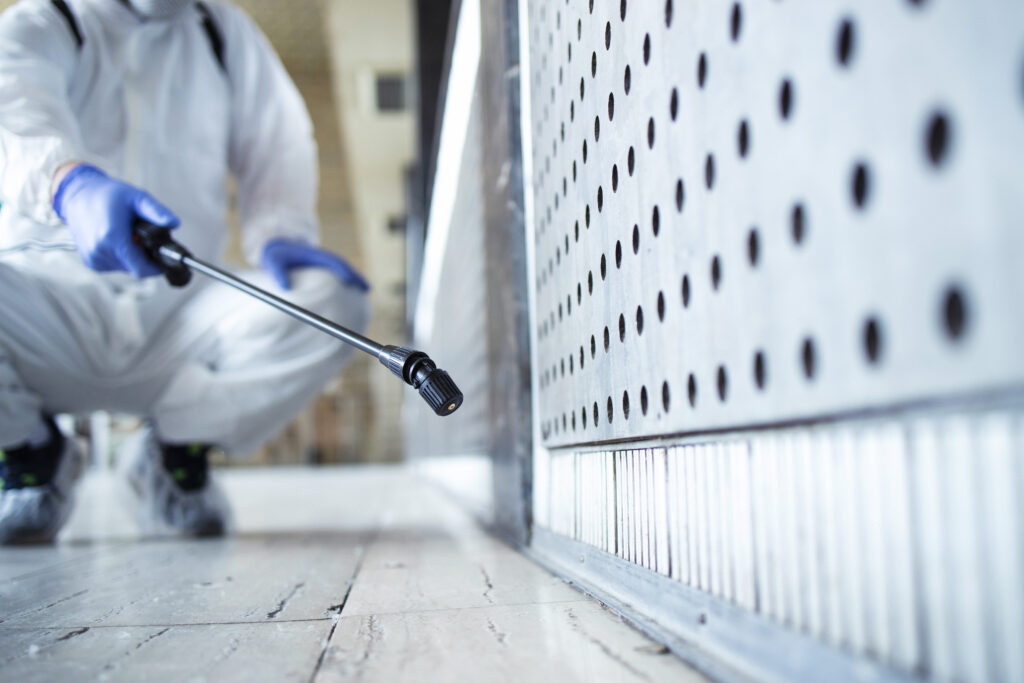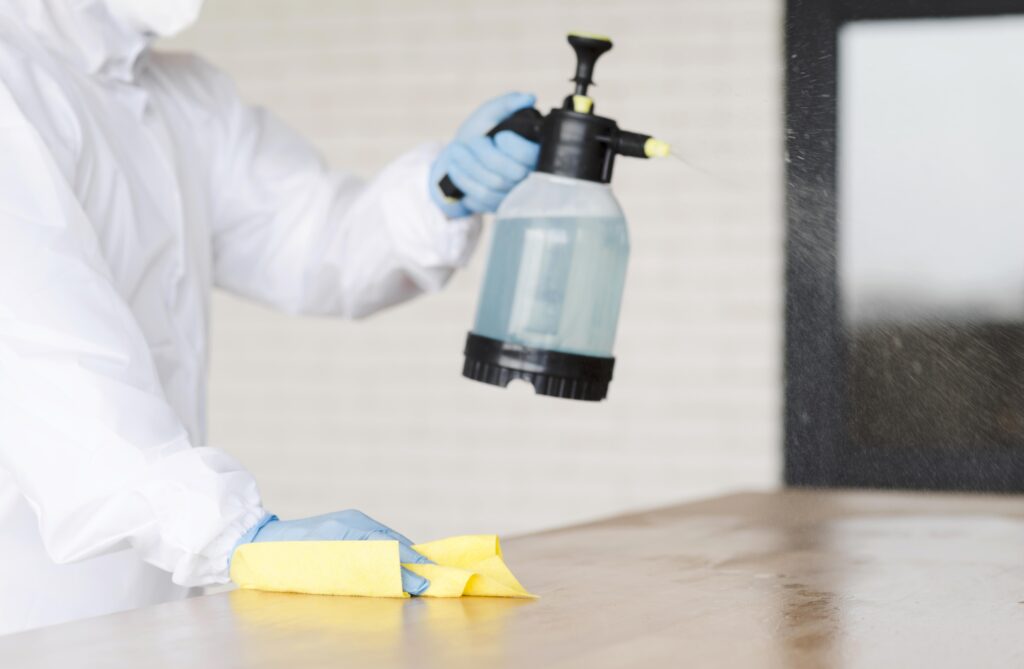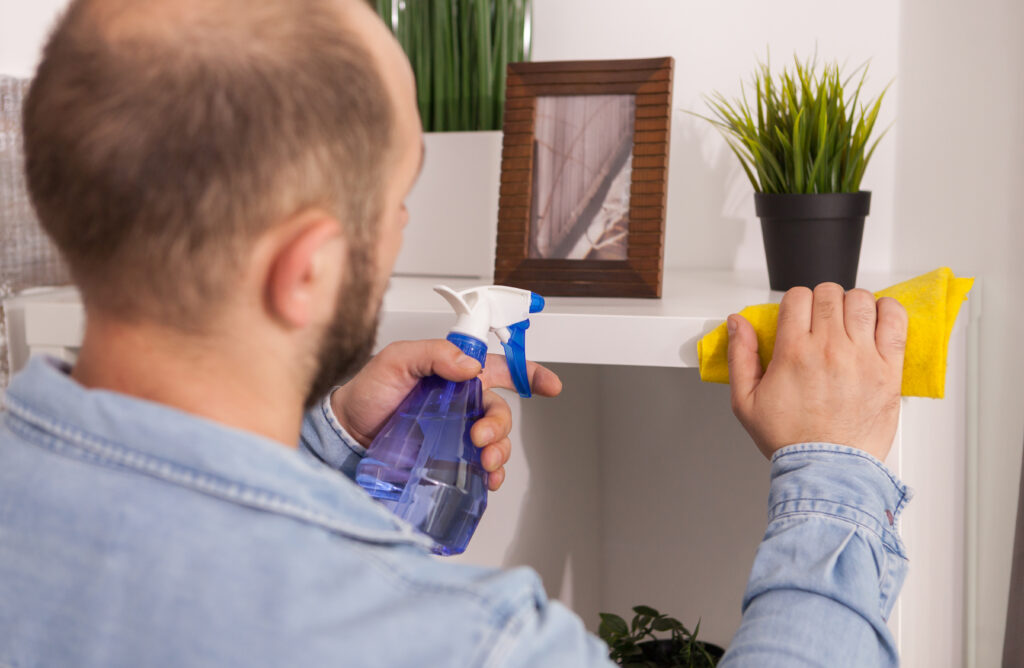About Termites
Termites are small, social insects that belong to the order Isoptera. They play a crucial role in breaking down cellulose materials in nature, but when they invade homes, they can cause significant damage.
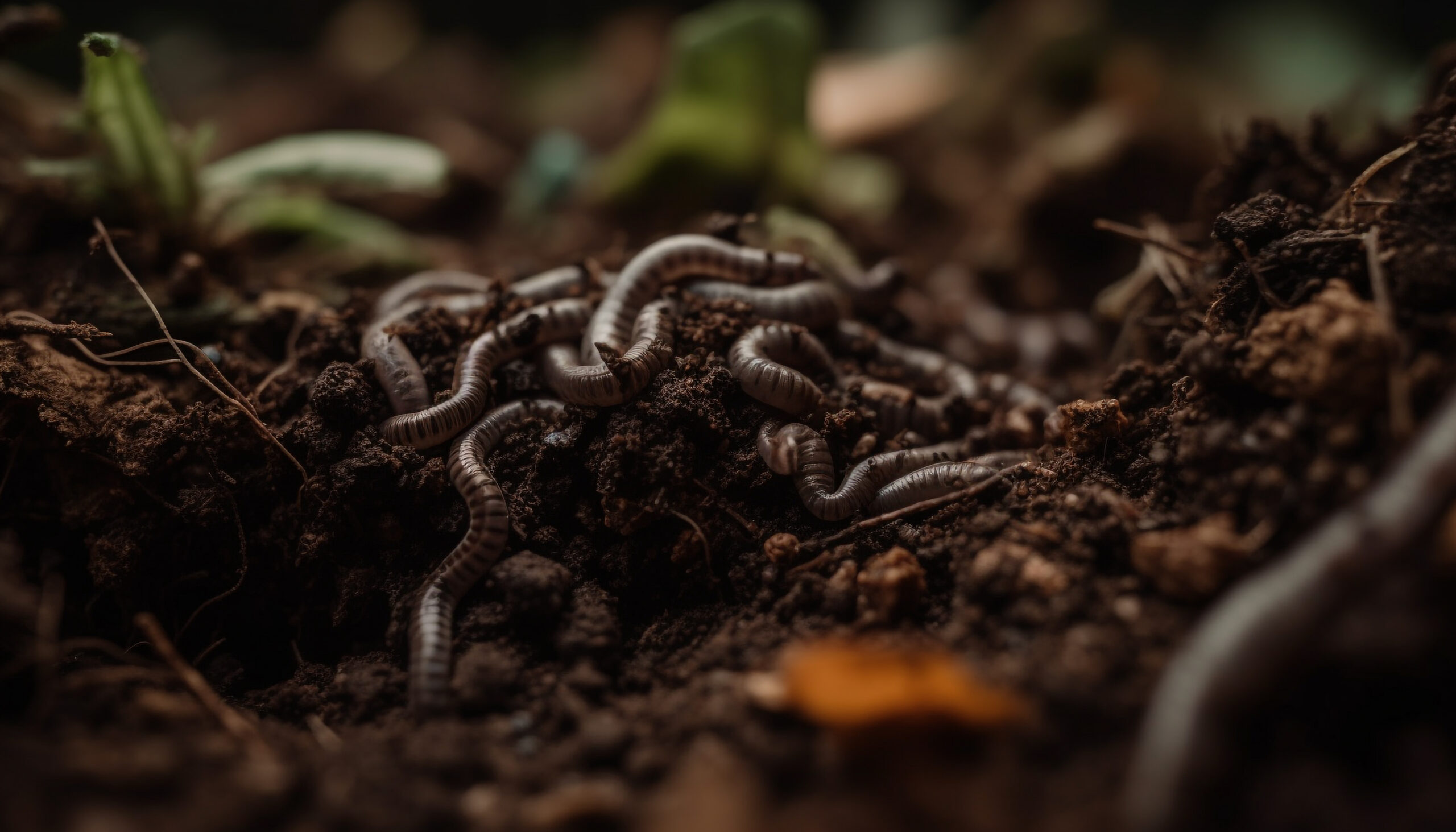
Subterranean Termites
Description: These termites live in underground colonies and build mud tubes to access food sources.
Identification: Look for mud tubes along walls or foundation.
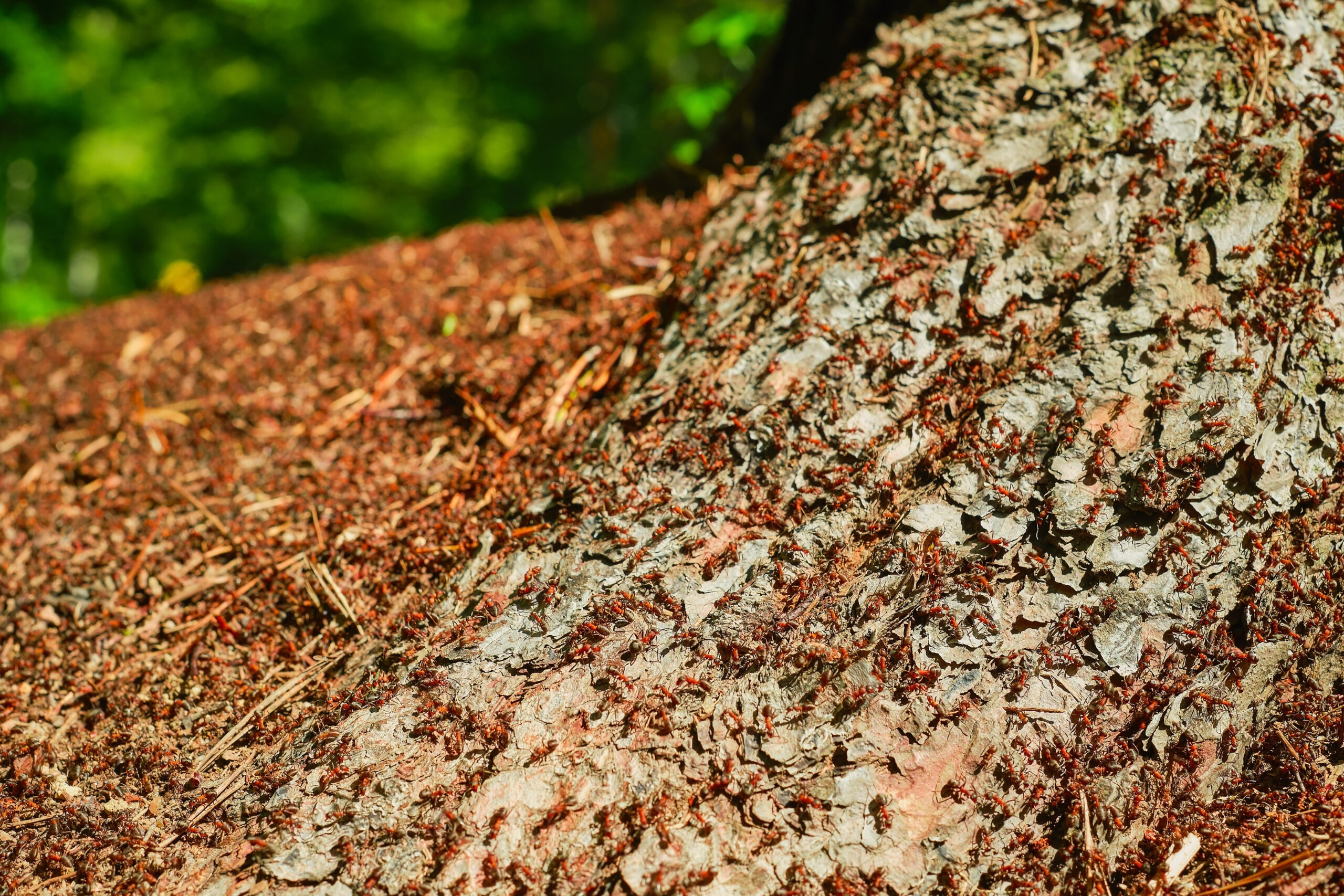
Drywood Termites
Description: These termites infest dry wood and can cause damage to furniture and structural components.
Identification: Presence of fecal pellets and small exit holes in wood.
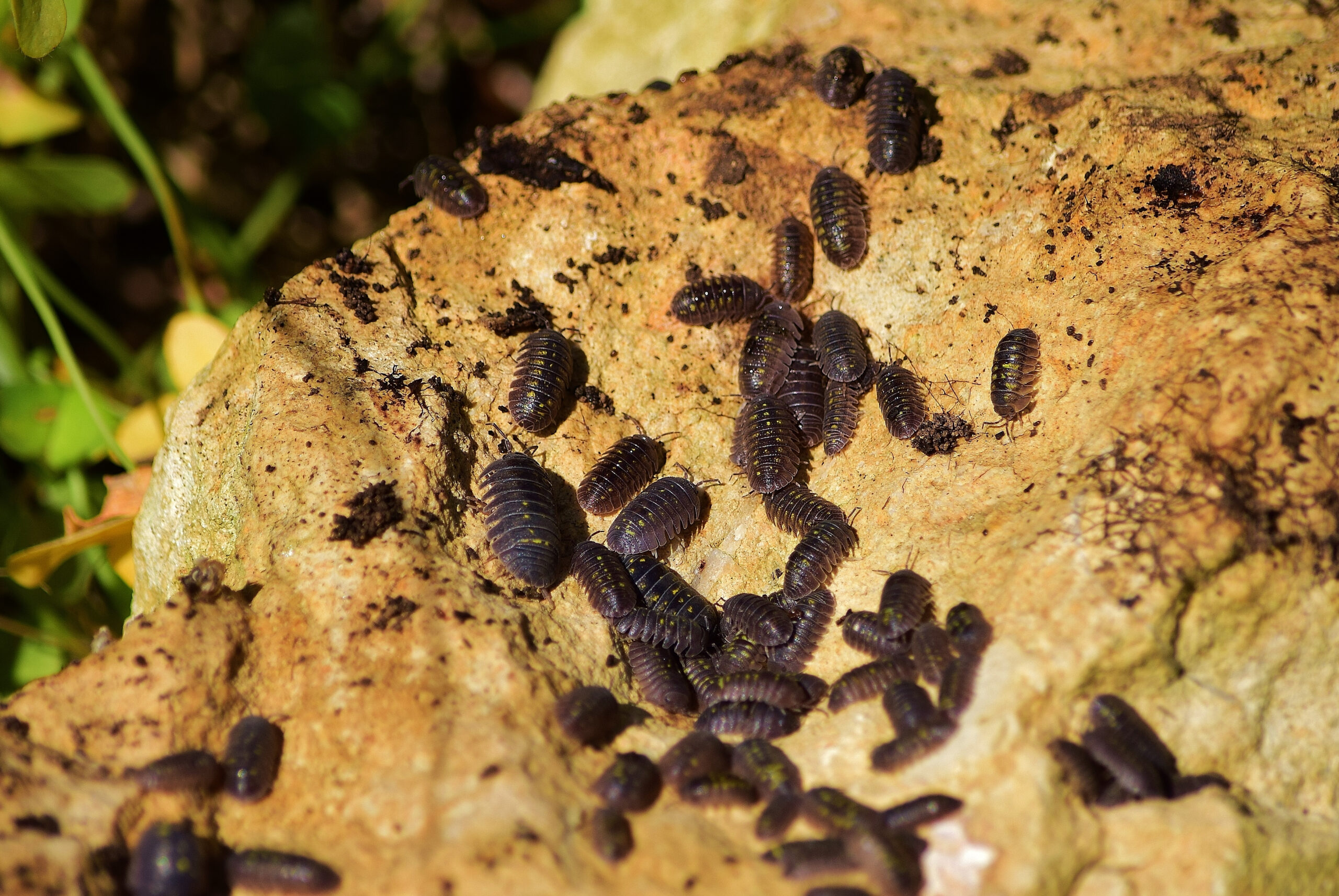
Dampwood Termites
Description: Dampwood termites prefer moist wood and are often found in decaying trees or logs.
Identification: Presence of moist or decaying wood in and around the home.

